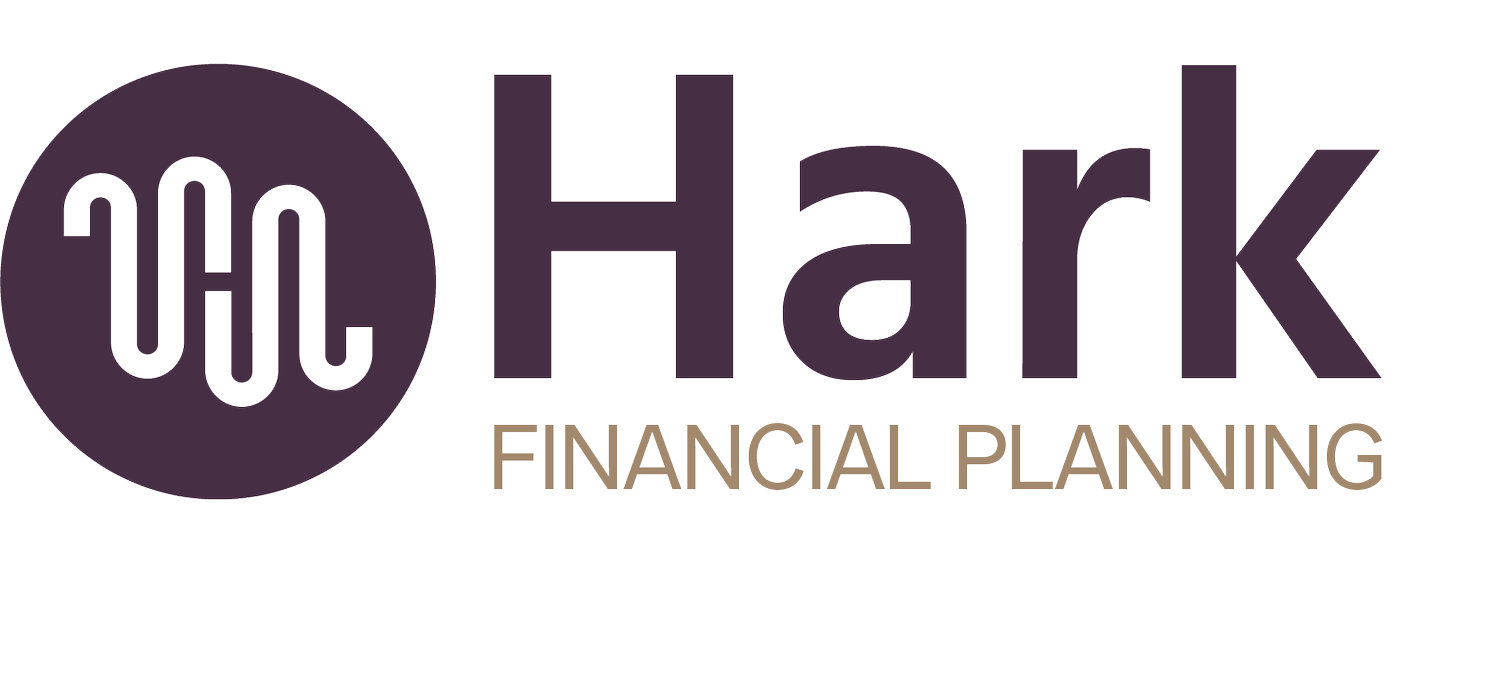A Step-by-Step Guide on How to Prep for 2024 Taxes for Self-Employed Professionals
As we approach the new year, tax season might seem far away—but as a self-employed professional, preparing for taxes is an ongoing task. Waiting until April to think about your taxes can lead to unnecessary stress and missed opportunities for savings. By starting early and setting up smart systems, you can take control of your finances and make tax season much smoother.
Here’s how to prep for 2024 taxes in a way that feels proactive, organized, and stress-free.
Gather and Organize Your Financial Documents
The first step to getting ahead of taxes is to organize everything you’ll need to file. Create a system—whether it’s digital, physical, or both—to collect and store all relevant documents. For self-employed professionals, these might include:
Income records: 1099s, invoices, or other proof of earnings.
Expense receipts: Keep records of deductible expenses like office supplies, software, travel, and meals.
Quarterly tax payments: Document the payments you’ve already made to avoid overpaying or penalties.
Bank and credit card statements: These can help track overlooked deductions or validate expenses.
Pro Tip: Use a tool like QuickBooks, Wave, or a simple spreadsheet to track income and expenses throughout the year. Consistent record-keeping will make tax filing far easier.
Understand What You Can Deduct
Tax deductions are one of the biggest advantages for self-employed professionals, but they require careful tracking. Take time to review what’s deductible and ensure you’re maximizing your savings:
Home office expenses: If you work from home, you can deduct a portion of your rent or mortgage, utilities, and internet.
Retirement contributions: SEP IRAs, Solo 401(k)s, and Traditional IRAs offer significant tax advantages.
Healthcare costs: If you’re self-employed, you can often deduct health insurance premiums.
Business expenses: From software subscriptions to marketing costs, make sure every eligible expense is documented.
Pro Tip: If you’re unsure what counts as a deduction, work with a tax professional or Certified Financial Planner to identify opportunities.
Plan Your Quarterly Tax Payments
Self-employed professionals are responsible for paying estimated taxes four times a year. Missing these payments or underestimating your income can result in penalties. Here’s how to stay on top of it:
Review last year’s tax return: Use it as a baseline for your estimated tax payments this year.
Adjust for changes: If you expect your income to increase or decrease in 2024, adjust your estimated payments accordingly.
Set reminders: Quarterly payments are due in April, June, September, and January. Put these dates on your calendar and ensure you’re saving enough to cover each payment.
Pro Tip: Use a separate savings account to set aside a portion of each payment you receive for taxes. This makes it easier to pay quarterly estimates without dipping into other funds.
Stay Up-to-Date on Tax Law Changes
Tax laws can change from year to year, and staying informed is crucial to avoiding surprises. For 2024, here are a few areas to watch:
Standard deduction increases: The IRS often adjusts the standard deduction, which may affect whether you itemize or take the standard deduction.
Retirement contribution limits: Contribution limits for SEP IRAs, Solo 401(k)s, and other accounts may increase, giving you an opportunity to save more.
Business deductions: Keep an eye on any changes to rules regarding meal deductions, equipment purchases, or mileage rates.
Pro Tip: Schedule a mid-year meeting with a tax advisor or financial planner to review how these changes impact your situation.
Automate and Simplify Your Tax Prep
One of the best ways to stay ahead of taxes is to create systems that automate the process. This not only saves time but also ensures consistency throughout the year. Here’s how to get started:
Automate savings: Set up an automatic transfer to a tax savings account each time you receive income.
Digitize receipts: Use apps like Expensify or Dext to scan and categorize receipts immediately after purchases.
Schedule regular reviews: Block out time once a month to review income, expenses, and upcoming tax deadlines.
Pro Tip: If you find yourself overwhelmed, consider hiring a bookkeeper or financial professional to manage the details for you.
Set Financial Goals for 2024
Tax preparation doesn’t have to feel like a chore—it can be part of a broader plan to improve your financial health. Use this opportunity to:
Set a savings goal: Decide how much you want to save for retirement or other long-term goals this year.
Revisit your budget: Adjust your spending and savings plan based on last year’s performance.
Plan for major expenses: If you’re considering a big purchase, like new equipment or a business expansion, factor that into your tax and financial planning.
Pro Tip: Align your financial goals with your tax strategy to make progress on both fronts simultaneously.
Start the Year Off Right
Prepping for 2024 taxes doesn’t have to be overwhelming. With a little planning, organization, and the right tools, you can simplify the process and avoid last-minute stress. Whether it’s tracking deductions, automating savings, or staying up-to-date on tax law changes, these steps will set you up for success throughout the year.
If you’d like personalized guidance to navigate the complexities of self-employment taxes, reach out to Hark Financial Planning. Together, we can create a plan that not only makes tax season manageable but helps you achieve your bigger financial goals. Here’s to a successful and stress-free 2024!

